The platypus is a creature that seems to defy nature’s rules. And I’ve been fascinated by it since I was a kid. Who wouldn’t be?
With its duck-like bill, webbed feet, and beaver-like tail, this egg-laying mammal looks like it was put together from spare parts. Take a look at some of my favorite facts about this unique Australian animal that will leave you in awe of nature’s creativity.
They Lay Eggs
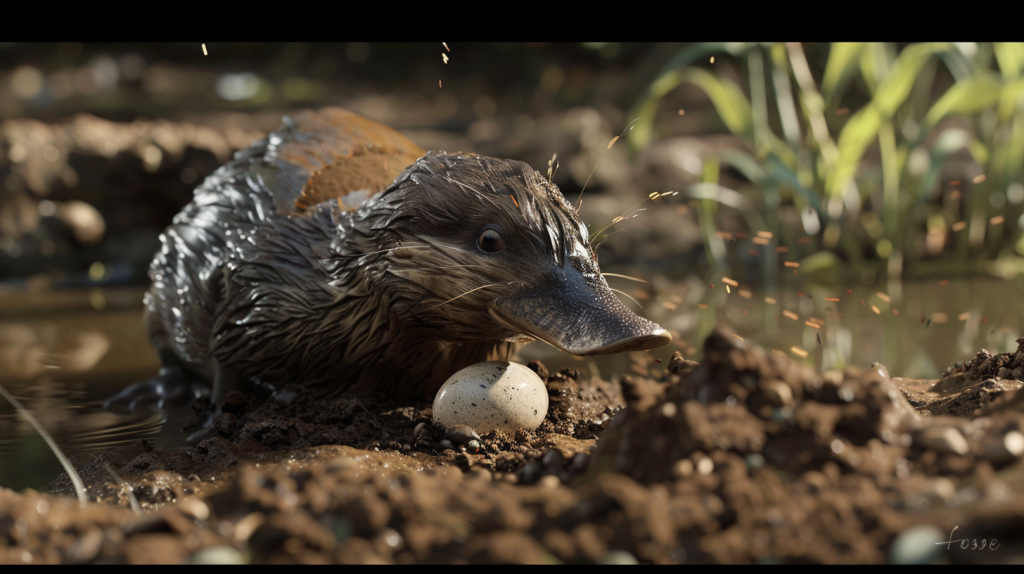
Platypuses are one of only two mammals that lay eggs (the other being echidnas). Female platypuses typically lay one to three eggs at a time. They incubate these eggs for about 10 days before they hatch. The babies, called puggles, stay in the burrow for three to four months, nursing on their mother’s milk.
Platypuses Are Venomous
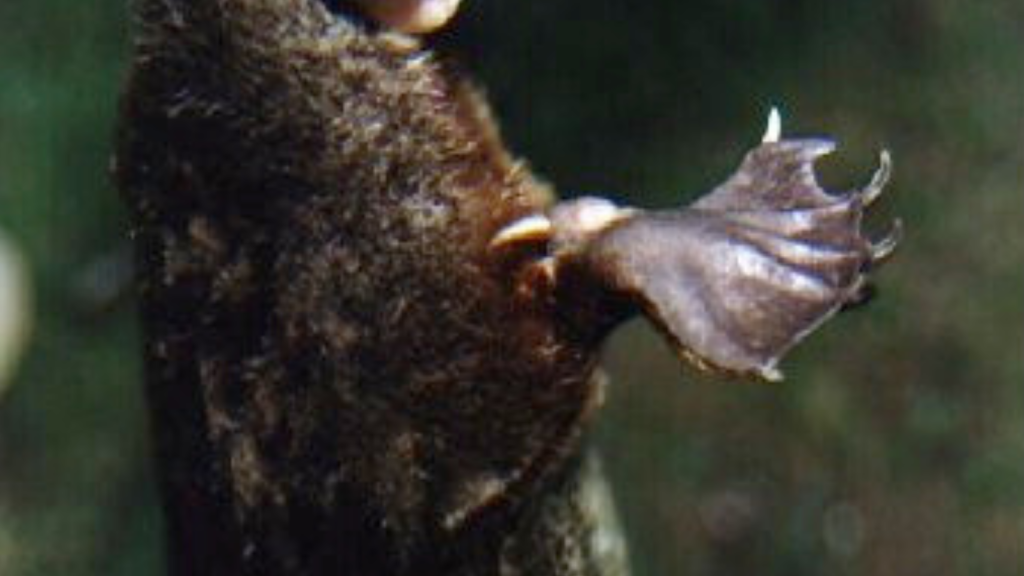
Male platypuses have venomous spurs on their hind legs. This venom is strong enough to kill small animals and cause severe pain in humans. The venom’s composition is unique among mammals and is more similar to that of reptiles. Interestingly, the venom production increases during mating season, suggesting it might play a role in competition for mates.
They Have No Stomach
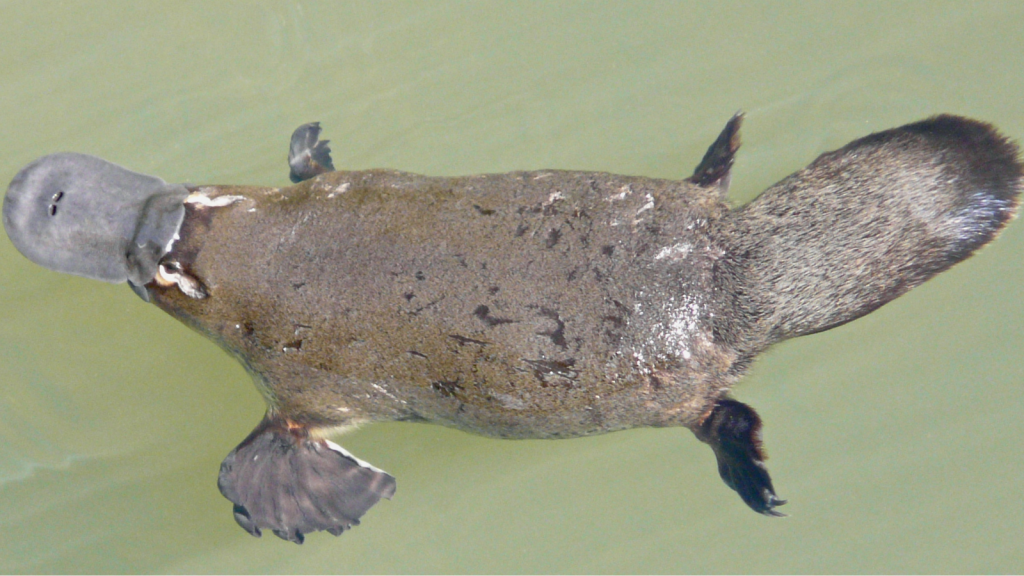
In a bizarre twist of evolution, platypuses don’t have stomachs. Their esophagus connects directly to their intestines. Scientists believe this might be because their diet of insects, larvae, and freshwater crustaceans is easy to digest. This unique digestive system doesn’t seem to cause them any problems.
Platypuses Glow in the Dark
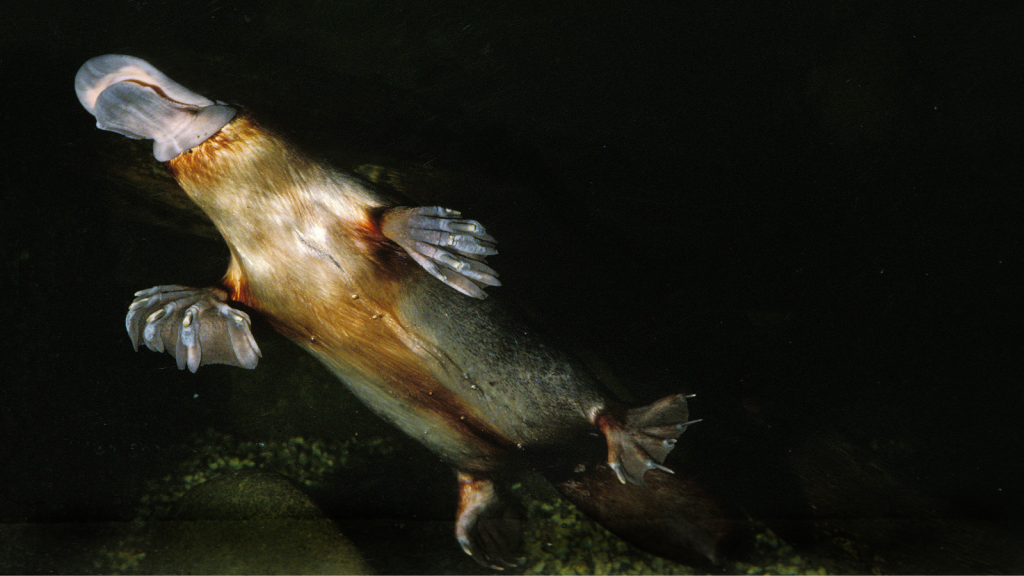
Under UV light, platypuses glow a bluish-green color. This biofluorescence was discovered in 2020, adding platypuses to a small list of mammals with this ability. While the reason for this glow isn’t fully understood, it might help platypuses see each other in low light conditions underwater.
They Have Sixth Sense
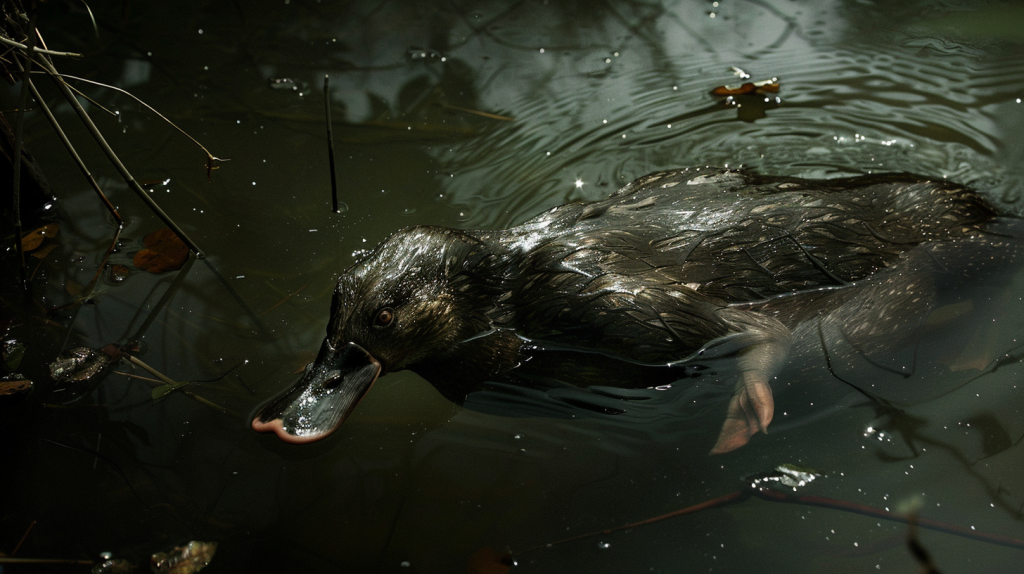
Platypuses have electroreceptors in their bills that can detect electrical impulses from their prey. This “sixth sense” helps them hunt in murky waters where visibility is poor. They close their eyes, ears, and nose when diving and rely entirely on these electroreceptors to find food.
Platypuses Don’t Have Teeth
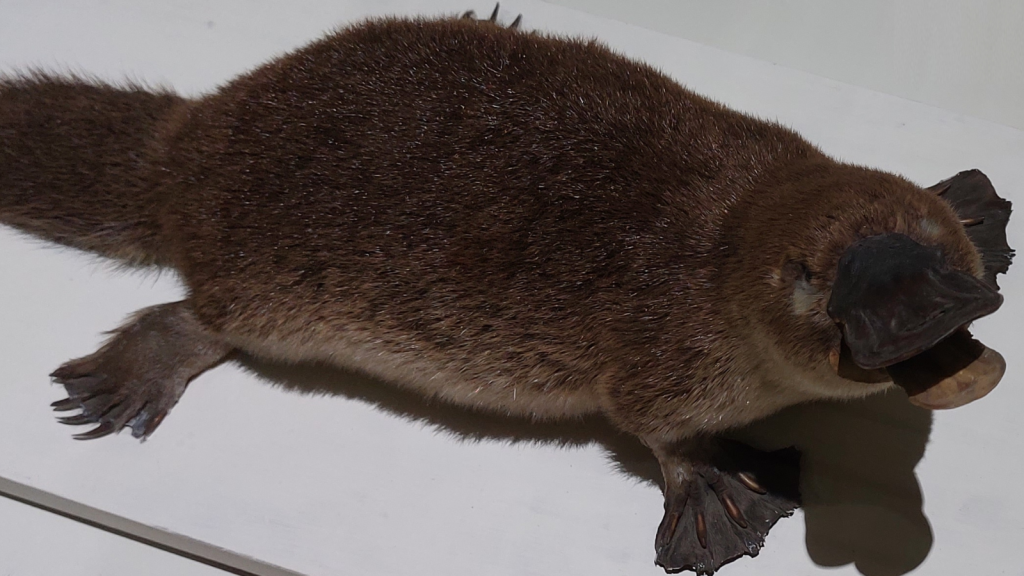
Adult platypuses don’t have teeth. Instead, they have tough pads in their bills that they use to grind up their food. Young platypuses are born with teeth, but they fall out as they grow older. This tooth loss is another unique feature of these fascinating creatures.
They’re Expert Swimmers
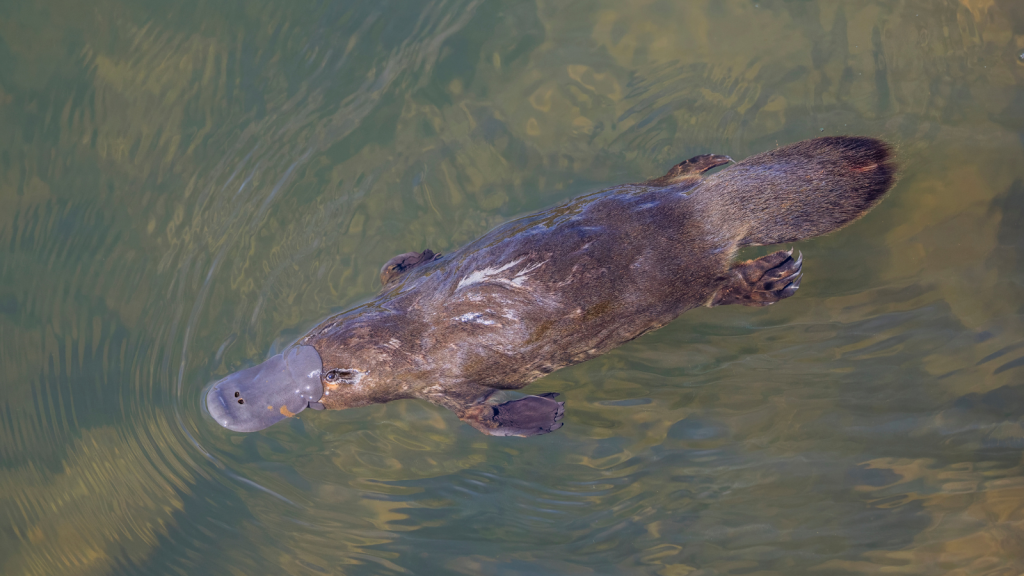
Platypuses are excellent swimmers, using their webbed feet and beaver-like tail to navigate through water. They can stay underwater for up to two minutes and use their waterproof fur to keep warm. Their unique swimming style, with their eyes and ears closed, relies heavily on their electroreception abilities.
Platypuses Are Living Fossils
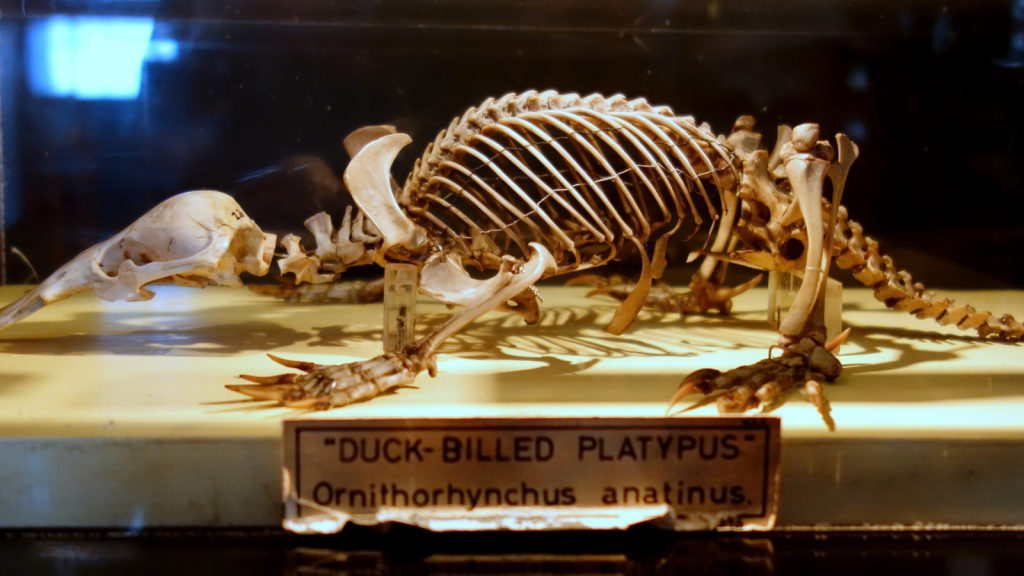
The platypus lineage is ancient, having split from other mammals about 166 million years ago. Fossils of platypus-like animals have been found dating back to the Cretaceous period. This means platypuses were around when dinosaurs still roamed the Earth, making them true living fossils.
They Have Unusual Sex Chromosomes
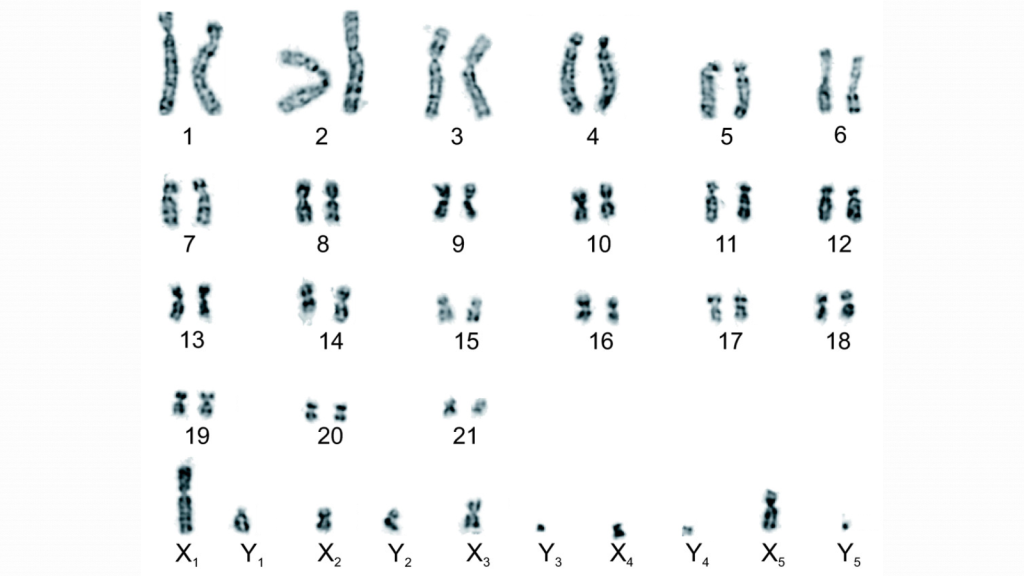
While most mammals have two sex chromosomes (XX for females, XY for males), platypuses have ten. Males have XYXYXY, while females have XXXXXXXXXX. This unique system is more similar to that of birds than other mammals, adding another layer to the platypus’s peculiarity.
Platypuses Don’t Have Nipples
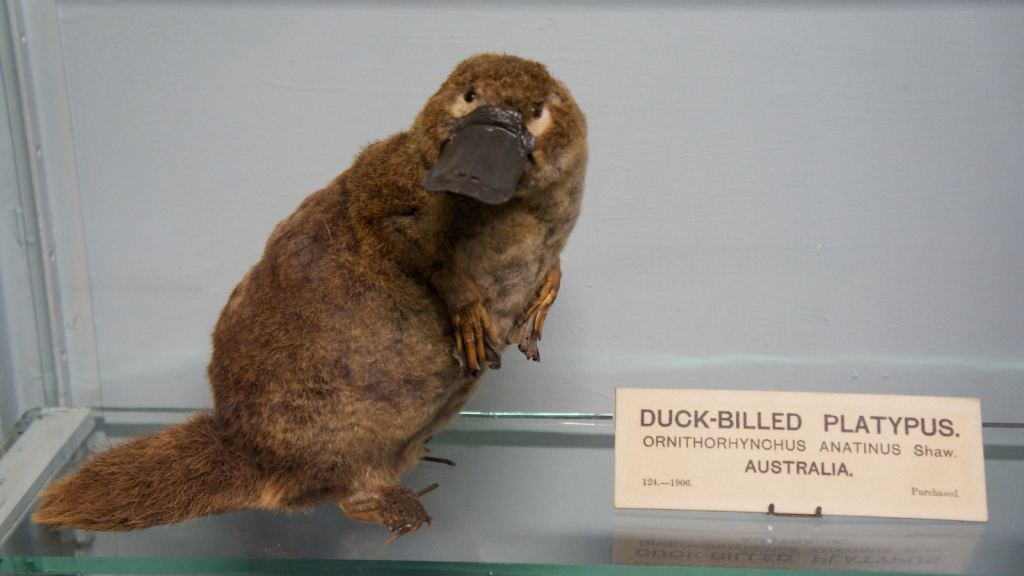
Female platypuses produce milk for their young, but they don’t have nipples. Instead, the milk is released through pores in their skin. The puggles lick the milk off their mother’s belly fur. This unusual method of feeding young is yet another quirk in the platypus’s bizarre biology.
They’re Mostly Nocturnal
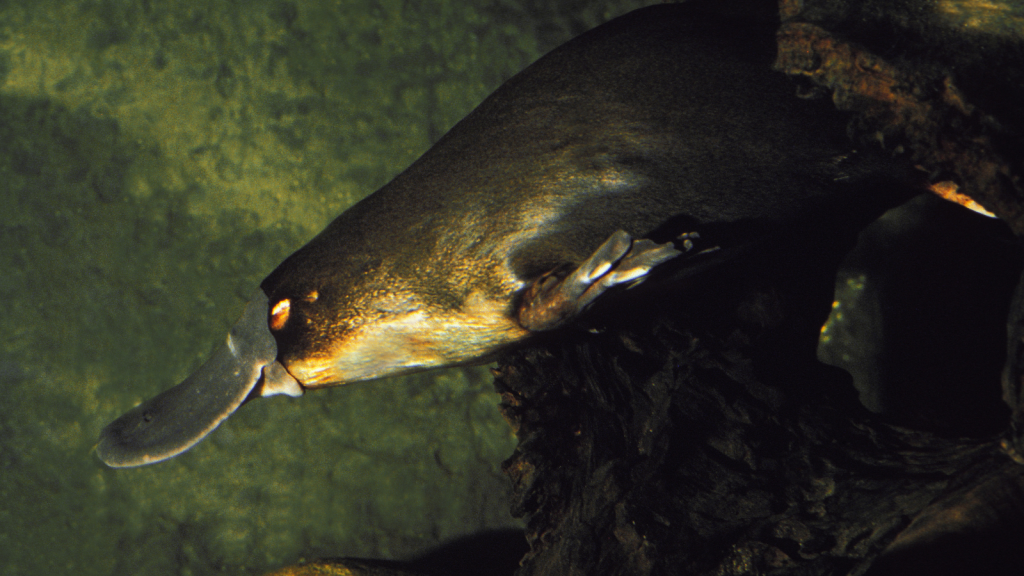
Platypuses are primarily active at night. They spend about 12 hours a day sleeping in burrows on the riverbank. When they’re awake, they spend most of their time hunting for food in the water. This nocturnal lifestyle helps them avoid predators and the heat of the day.
Platypuses Can’t Walk Well on Land
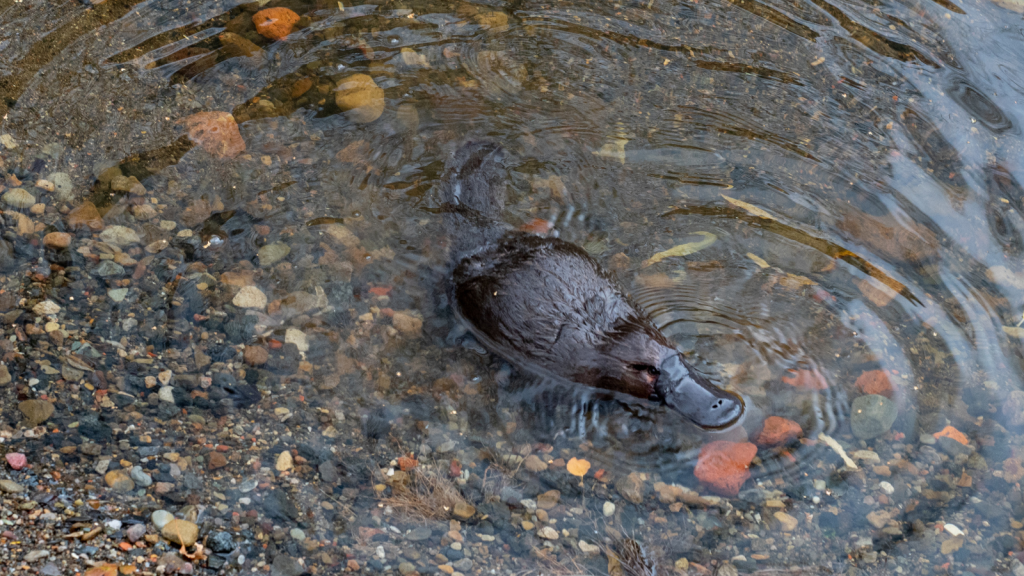
While platypuses are excellent swimmers, they’re not great on land. Their webbed feet, perfect for swimming, make walking difficult. On land, they waddle awkwardly with their tails dragging behind them. They only come on land to move between bodies of water or to rest in their burrows.
They Have an Excellent Memory
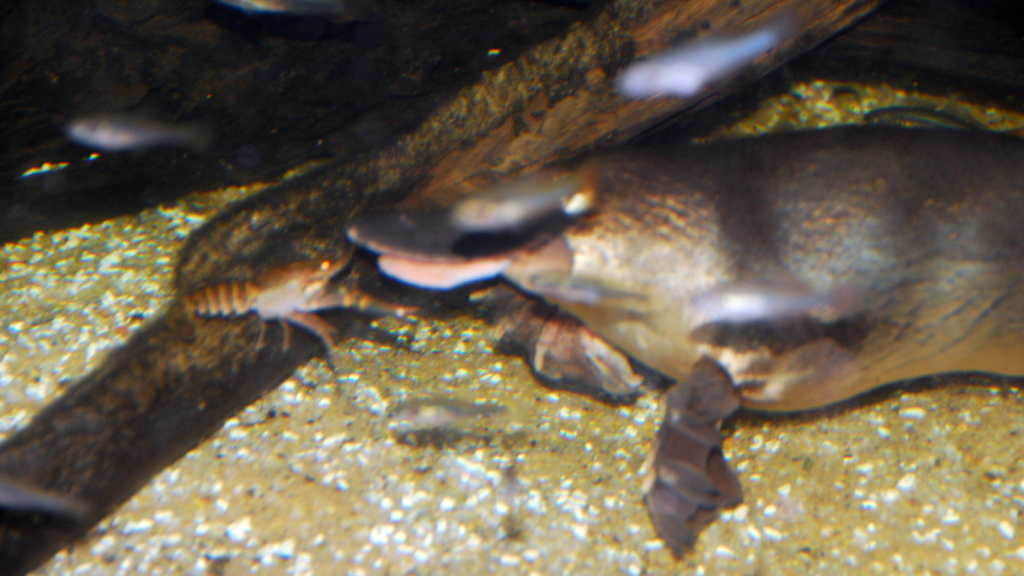
Despite their odd appearance, platypuses are quite intelligent. They have a good memory and can remember solutions to problems for at least a month. This intelligence helps them navigate their complex aquatic environments and remember good feeding spots.
Platypuses Are Solitary Animals
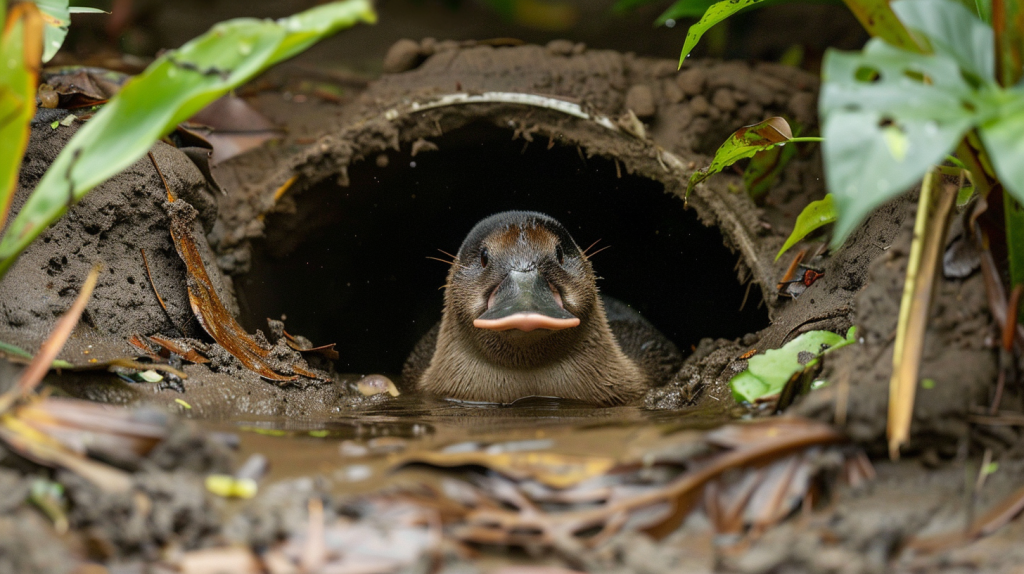
Except during mating season, platypuses are solitary creatures. They don’t form social groups and prefer to live and hunt alone. Even during breeding season, the male leaves once mating is complete, leaving the female to care for the eggs and puggles on her own.
They Have a Unique Bill
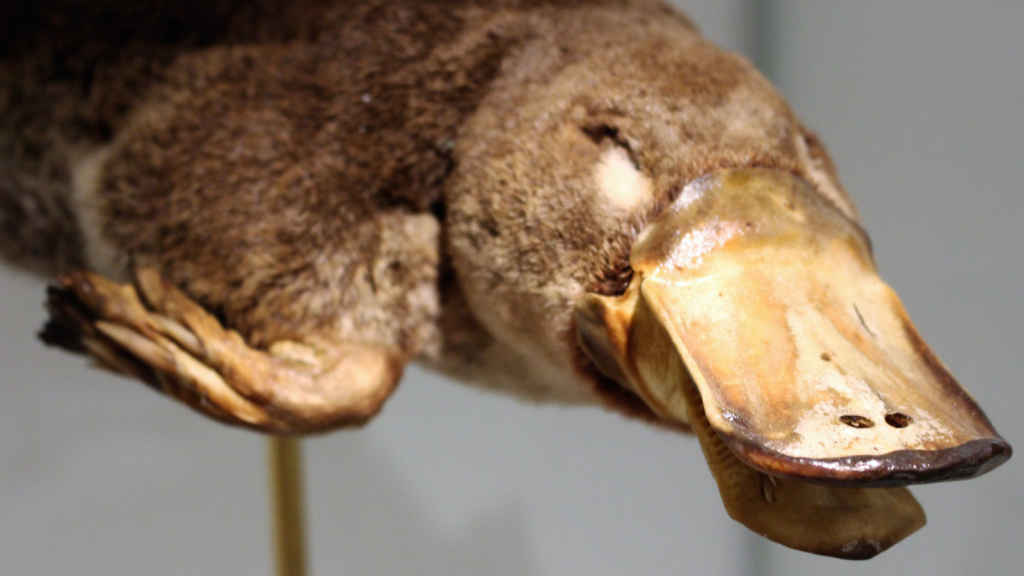
The platypus’s bill is soft and flexible, unlike a duck’s hard bill. It’s covered in thousands of receptors that can detect movement and electrical signals. The bill is also used to dig in riverbeds for food. When not in use, the nostrils at the end of the bill can close tightly to keep water out.
Platypuses Don’t Have Sweat Glands
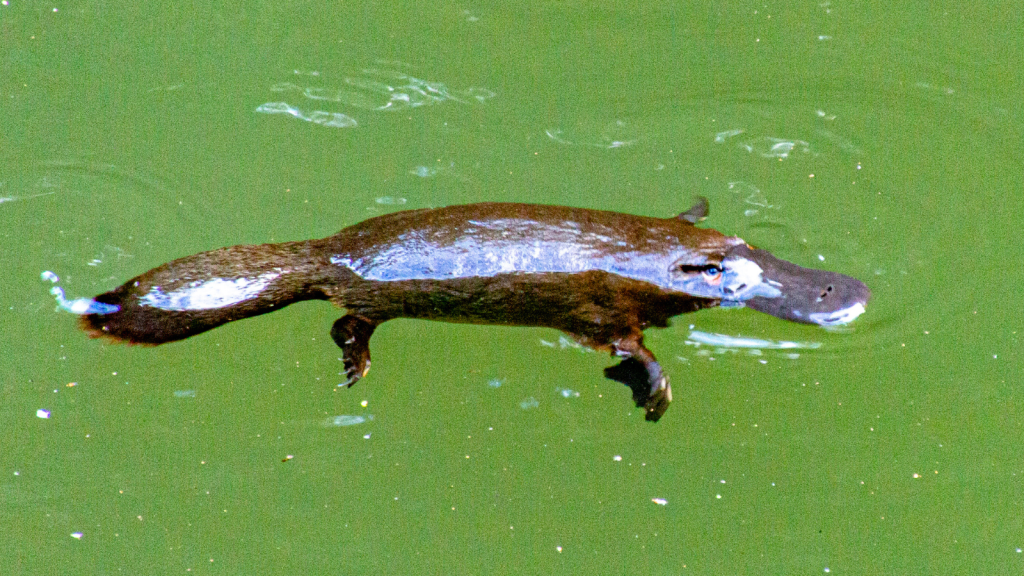
Platypuses don’t have sweat glands, which is unusual for mammals. Instead, they regulate their body temperature by spending time in cool water. This is one reason why they’re mostly active at night when temperatures are cooler.
They’re Considered Near Threatened
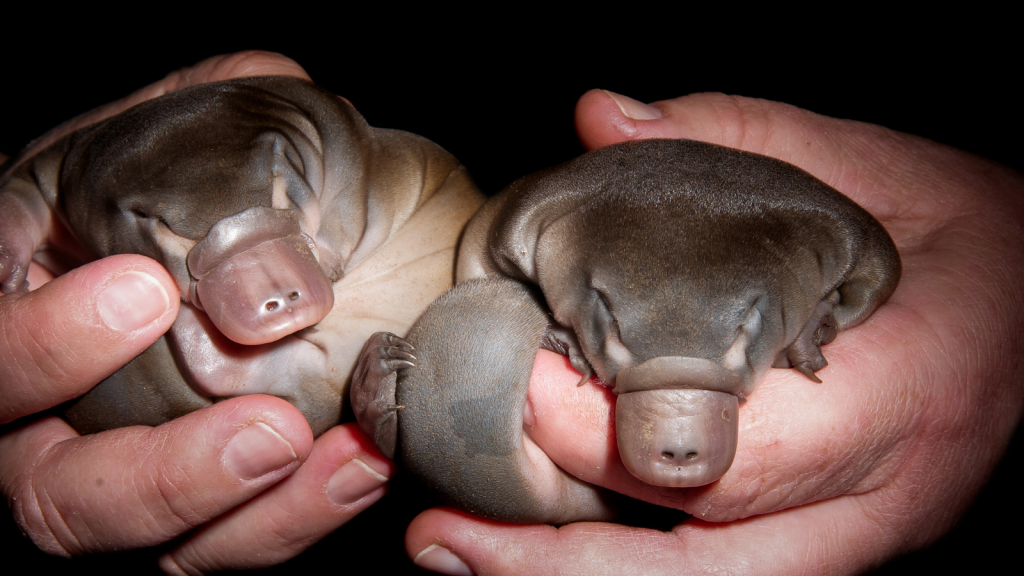
Despite their unique adaptations, platypuses face threats from habitat loss, pollution, and climate change. They’re currently classified as “Near Threatened” by the International Union for Conservation of Nature. Conservation efforts are underway to protect these remarkable animals and their habitats.
Platypuses Inspired a Pokemon Character
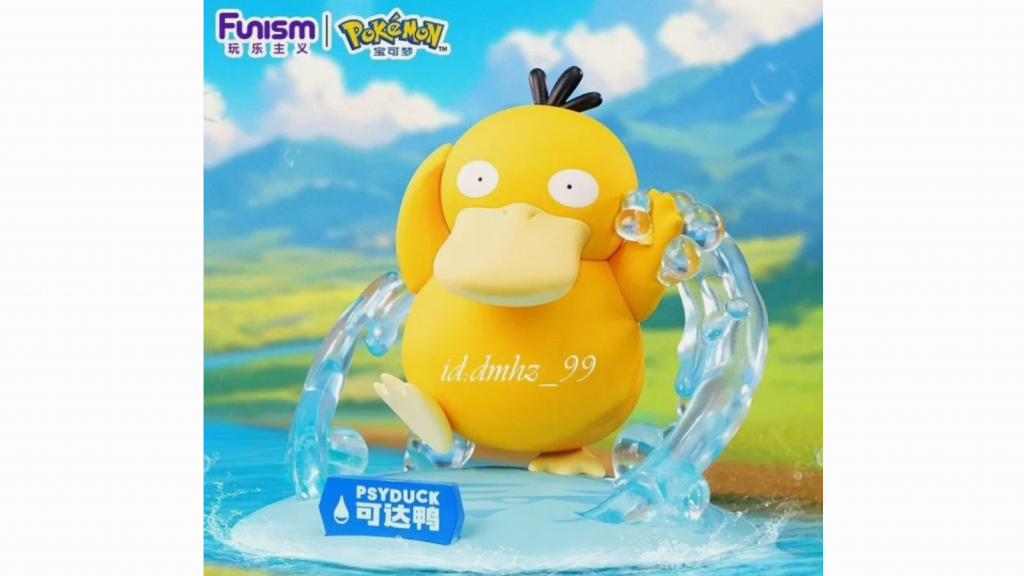
The popular Pokemon character Psyduck was inspired by the platypus. Like platypuses, Psyduck is a semi-aquatic creature with a duck-like bill. This shows how the platypus’s unique appearance has captured imaginations worldwide, even in popular culture.
Katy Willis is a writer, master herbalist, master gardener, and certified canine nutritionist who has been writing since 2002. She’s finds joy in learning new and interesting things, and finds history, science, and nature endlessly fascinating.
